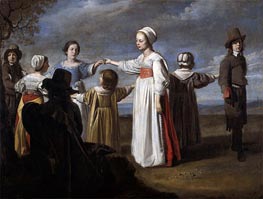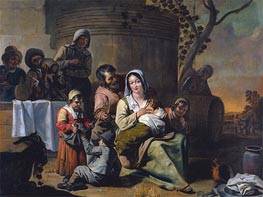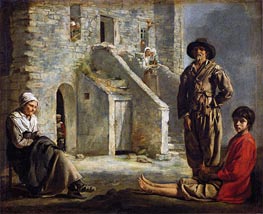Antoine, Louis and Mathieu Le Nain Painting Reproductions 2 of 2
17th Century
French Baroque Painters
28 Le Nain Brothers Paintings

Children Dancing c.1650
Oil Painting
$3174
$3174
Canvas Print
$70.96
$70.96
SKU: LNA-16713
Antoine, Louis and Mathieu Le Nain
Original Size: 92 x 120.2 cm
Cleveland Museum of Art, Ohio, USA
Antoine, Louis and Mathieu Le Nain
Original Size: 92 x 120.2 cm
Cleveland Museum of Art, Ohio, USA

Vintage Scene c.1650
Oil Painting
$3874
$3874
Canvas Print
$70.28
$70.28
SKU: LNA-16714
Antoine, Louis and Mathieu Le Nain
Original Size: 92 x 121 cm
Cleveland Museum of Art, Ohio, USA
Antoine, Louis and Mathieu Le Nain
Original Size: 92 x 121 cm
Cleveland Museum of Art, Ohio, USA

Peasants Before Their House c.1641
Oil Painting
$1990
$1990
Canvas Print
$76.06
$76.06
SKU: LNA-16715
Antoine, Louis and Mathieu Le Nain
Original Size: 55.2 x 70.5 cm
Fine Arts Museums of San Francisco, California, USA
Antoine, Louis and Mathieu Le Nain
Original Size: 55.2 x 70.5 cm
Fine Arts Museums of San Francisco, California, USA

Tric-Trac Players n.d.
Oil Painting
$3721
$3721
Canvas Print
$72.14
$72.14
SKU: LNA-16716
Antoine, Louis and Mathieu Le Nain
Original Size: 96 x 123 cm
Louvre Museum, Paris, France
Antoine, Louis and Mathieu Le Nain
Original Size: 96 x 123 cm
Louvre Museum, Paris, France